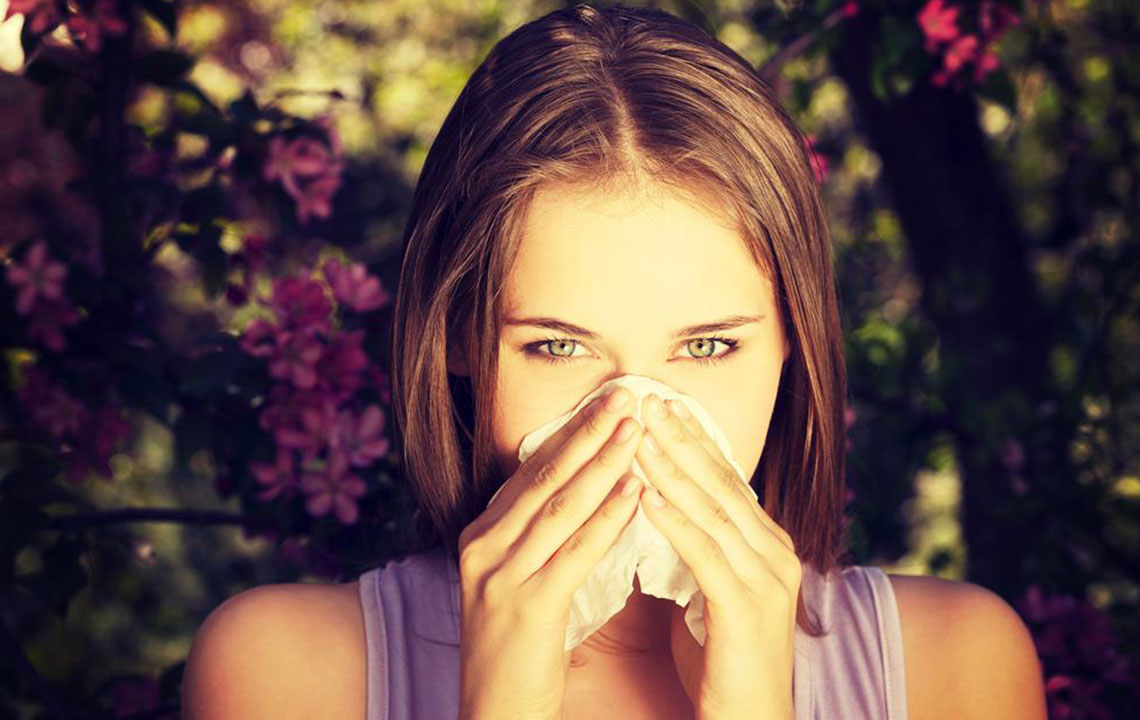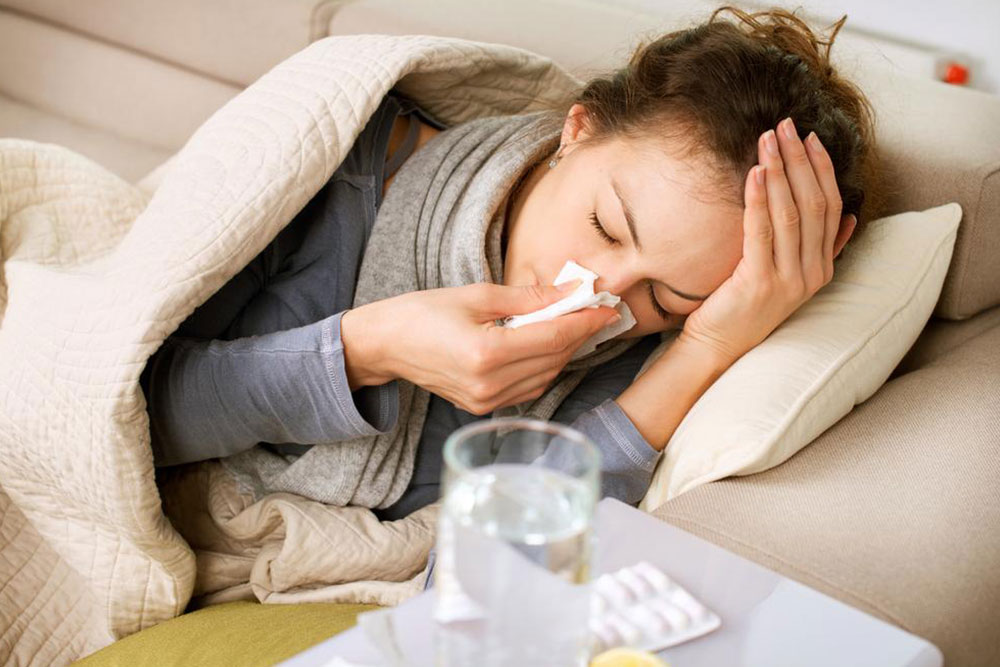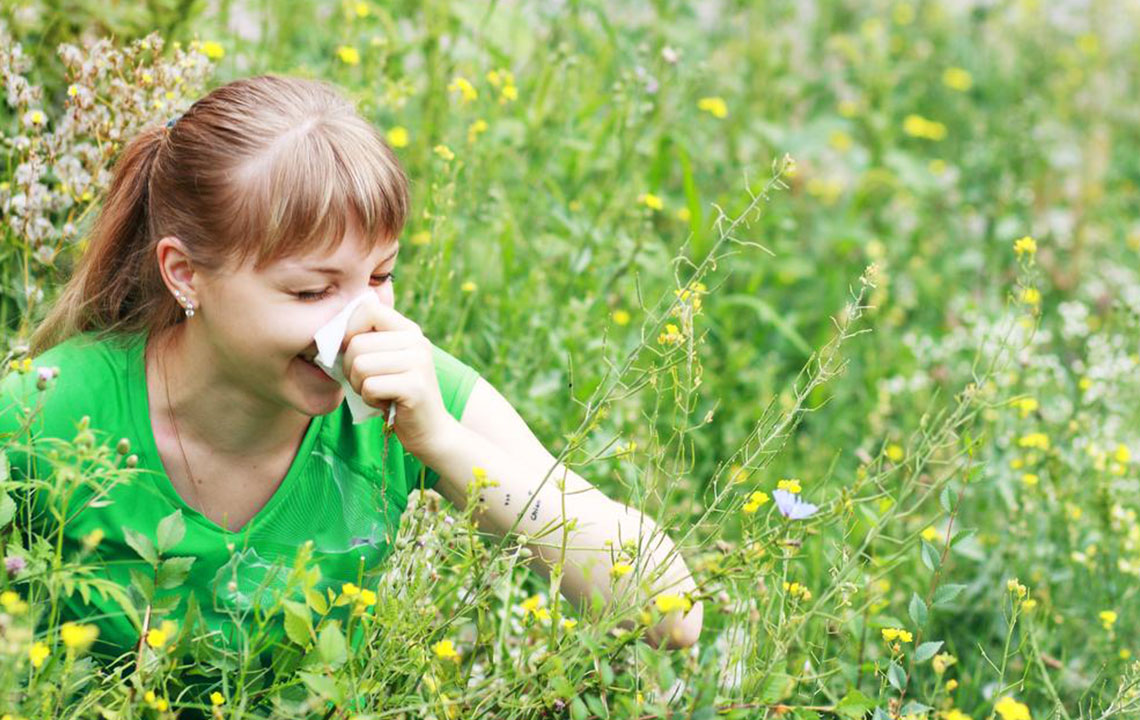Monthly Seasonal Allergy Calendar and Prevention Tips
This comprehensive monthly guide helps individuals identify and manage seasonal allergies effectively. Covering winter to fall, it provides preventive tips for common allergens like pollen, mold, and dust, along with practical strategies to minimize symptoms year-round. Whether dealing with indoor or outdoor allergens, this resource equips you with knowledge to protect your health through each season.

Monthly Guide to Managing Seasonal Allergies
Many individuals experience allergy symptoms at different times of the year. Common seasonal allergens include:
Spring allergens
Fall allergens
Winter allergens
In some cases, allergies persist year-round. This month-by-month allergy calendar helps you identify when you're most at risk and how to protect yourself.
Let’s explore the seasonal patterns of allergies and the best precautions for each period.
Preventive tips for dust-related indoor allergies include:
Keep home humidity below 55%
Vacuum frequently
Use dust-mite-proof covers on pillows and mattresses
February:
Winter indoor heating can worsen dust allergies. Keep humidity in check and clean regularly to minimize dust mites.
Tree pollen can begin to emerge in February, especially in regions with early spring.
Key tree allergens include:
Catalpa
Elm
Hickory
Olive
Symptoms are similar to spring allergies: watery eyes, congestion, and colds.
March:
Tree pollen peaks can cause allergy flares, especially with early grass growth. Airborne pollen levels are typically high this month.
April:
Spring blooms bring elevated pollen levels, increasing allergy incidents. Grass pollen becomes a significant allergen alongside flowering plants.
May:
Tree pollen continues to affect many, lasting until May. Expect persistent spring allergy symptoms.
June:
Grass pollen heightens, especially for outdoor enthusiasts. Symptoms can fluctuate with weather conditions.
July:
Grass pollen levels decline, easing spring allergy symptoms. However, mold spores from decay and damp environments become prevalent.
Fungal spores are found on leaves, grass, and compost piles, posing a new allergy concern.
August:
Humid summer weather increases mold spore counts. Limiting outdoor activities during high spore periods can help.
Indoor mold can be managed with air purifiers and high-efficiency filters in air conditioning systems.
September:
Fall allergens like ragweed start to appear, especially affecting sensitive individuals. Pollen spreads more rapidly during windy days, and humidity can worsen symptoms.
October:
In cooler regions, fall allergies decline, but mold spores may still be an issue due to seasonal rains.
November:
The ragweed season wanes around mid-November, but fungi and mold allergies may persist for some, making symptoms feel nearly year-round. Indoor allergens like pet dander are prevalent now.
December:
The presence of mold spores on holiday evergreen trees can trigger allergies. Buying trees early and ventilating them helps reduce risks.
Use strategies like purchasing trees a week prior to decorating and allowing them to stand outdoors or in garages to minimize mold exposure.
This allergy calendar guides you to anticipate and mitigate allergen exposure throughout the year. Seek medical advice if symptoms worsen. Numerous online allergy charts are available for detailed prevention measures.









